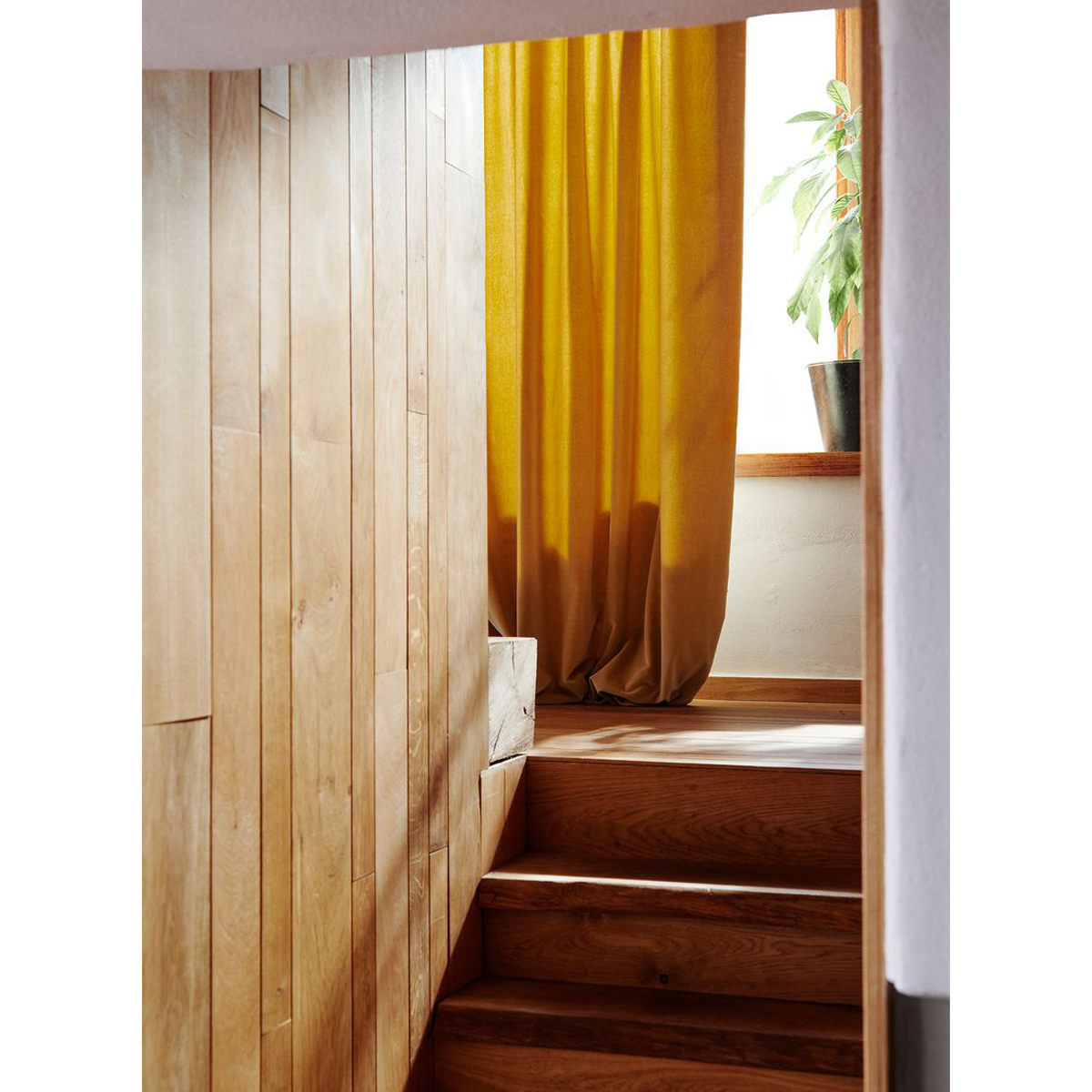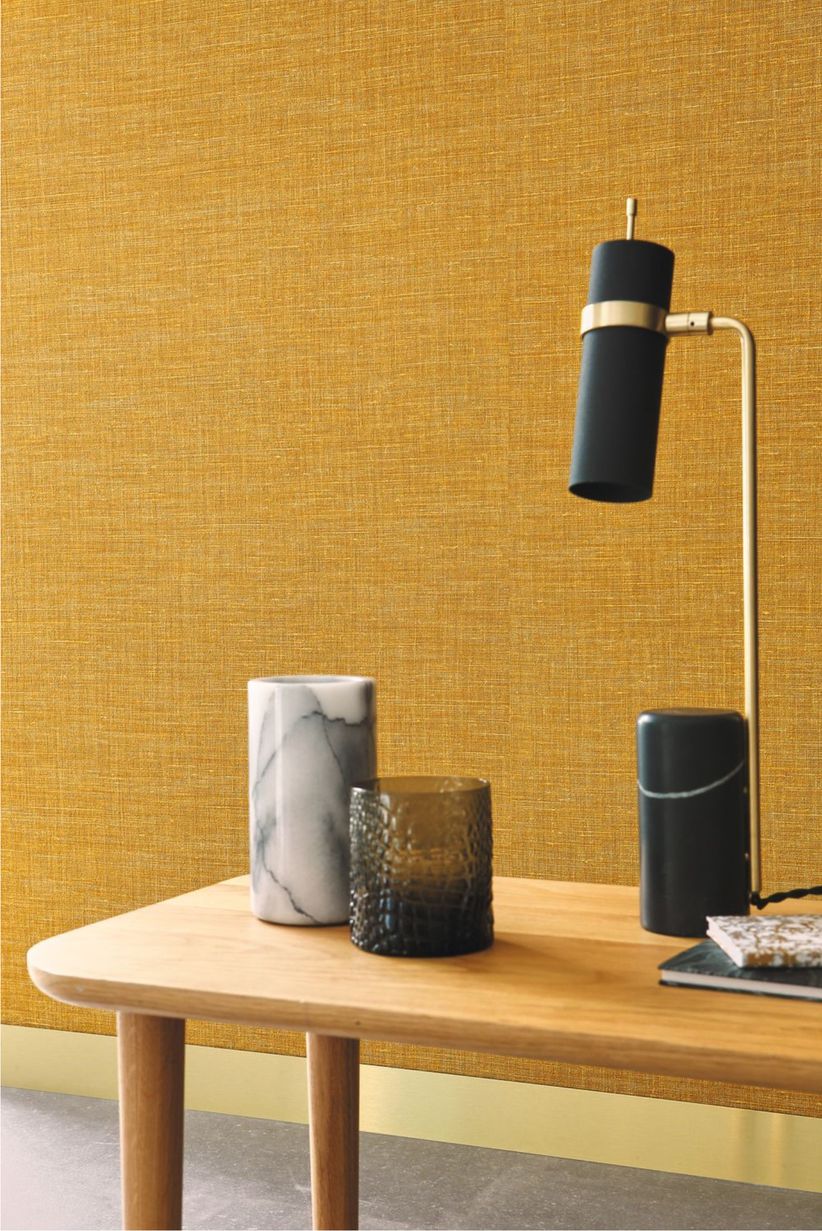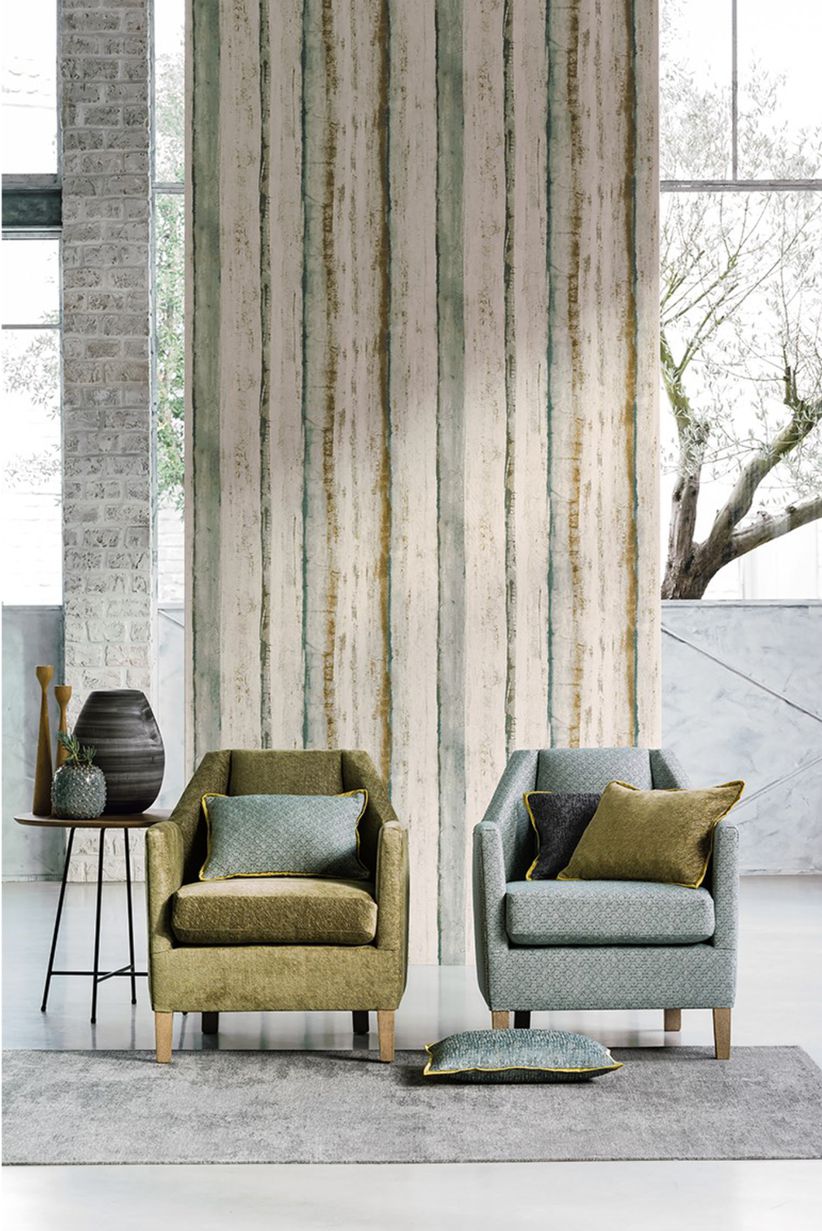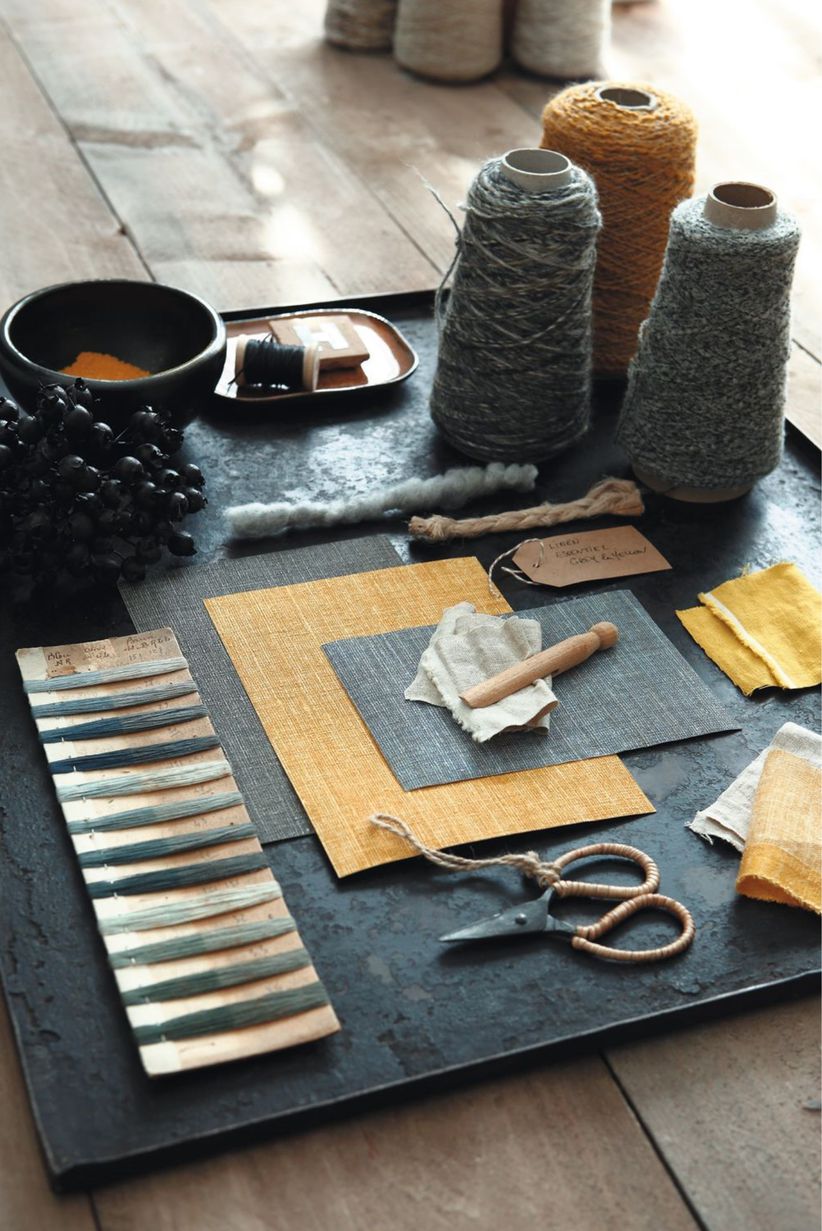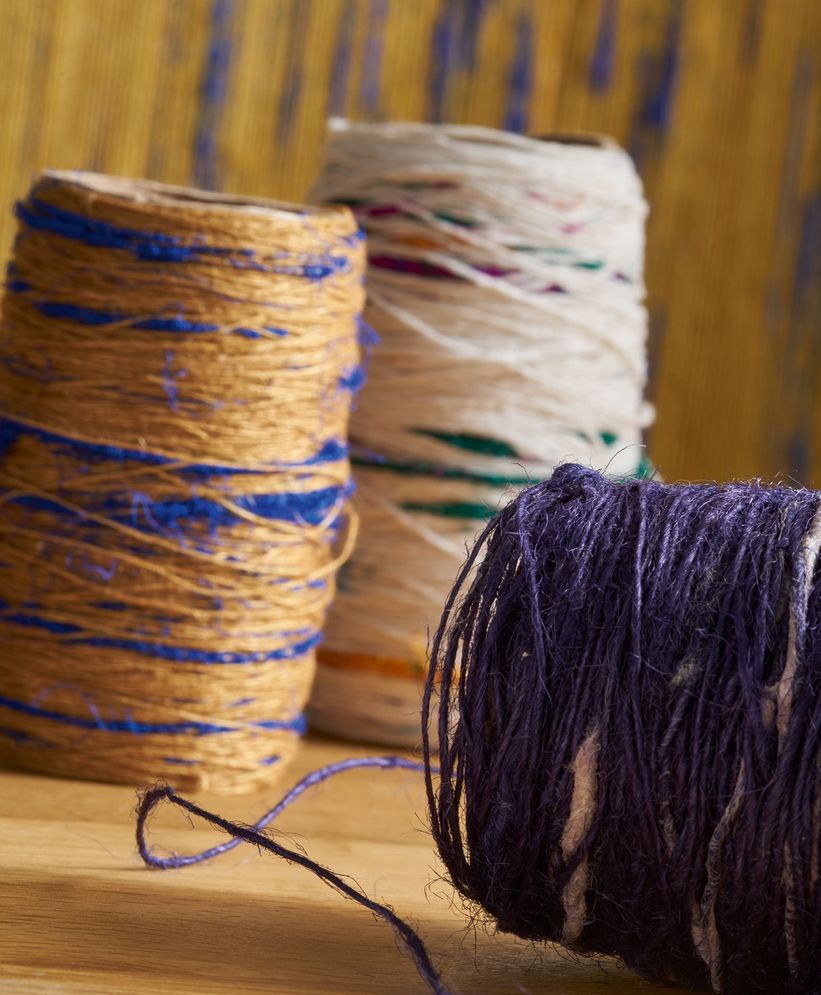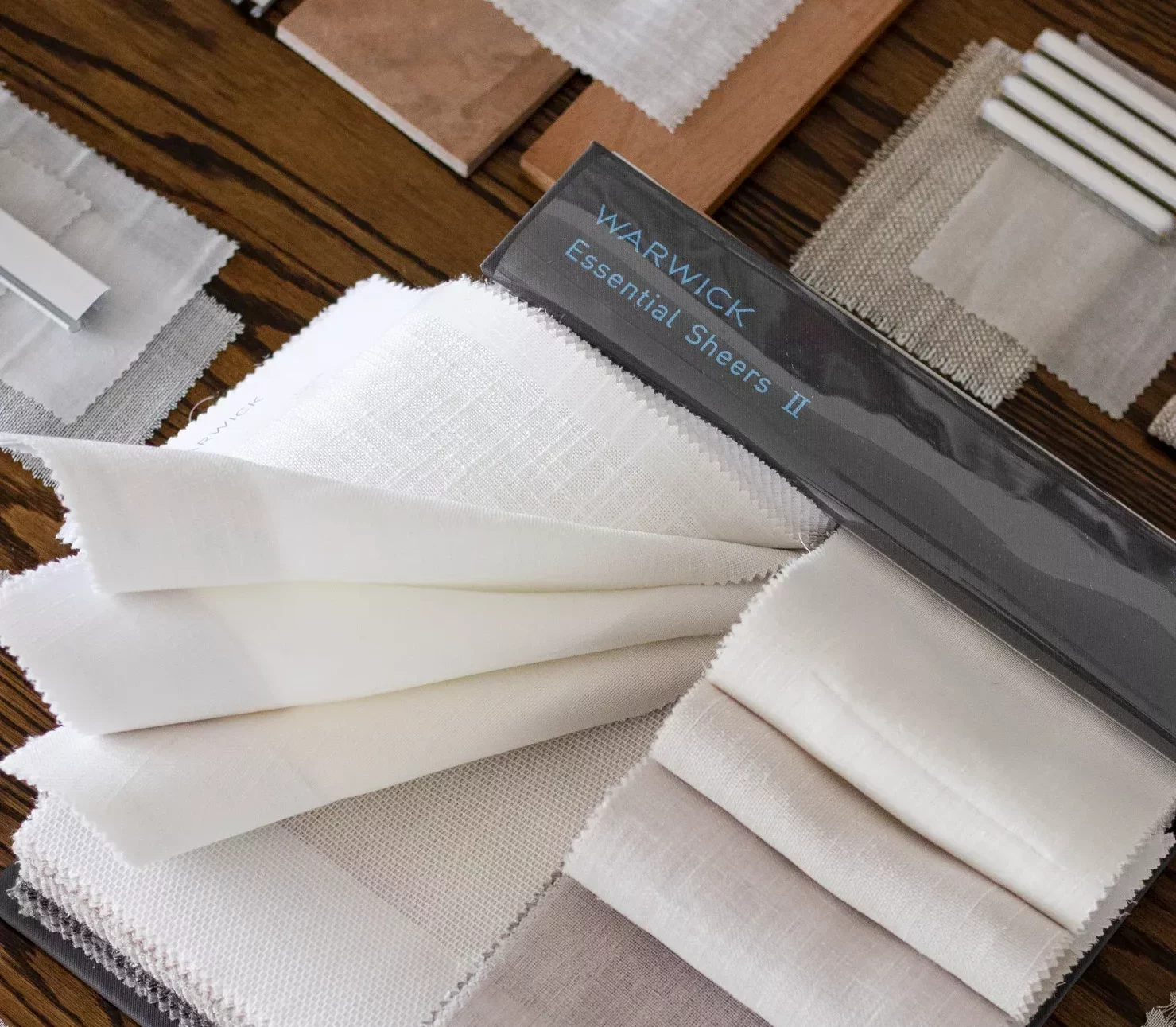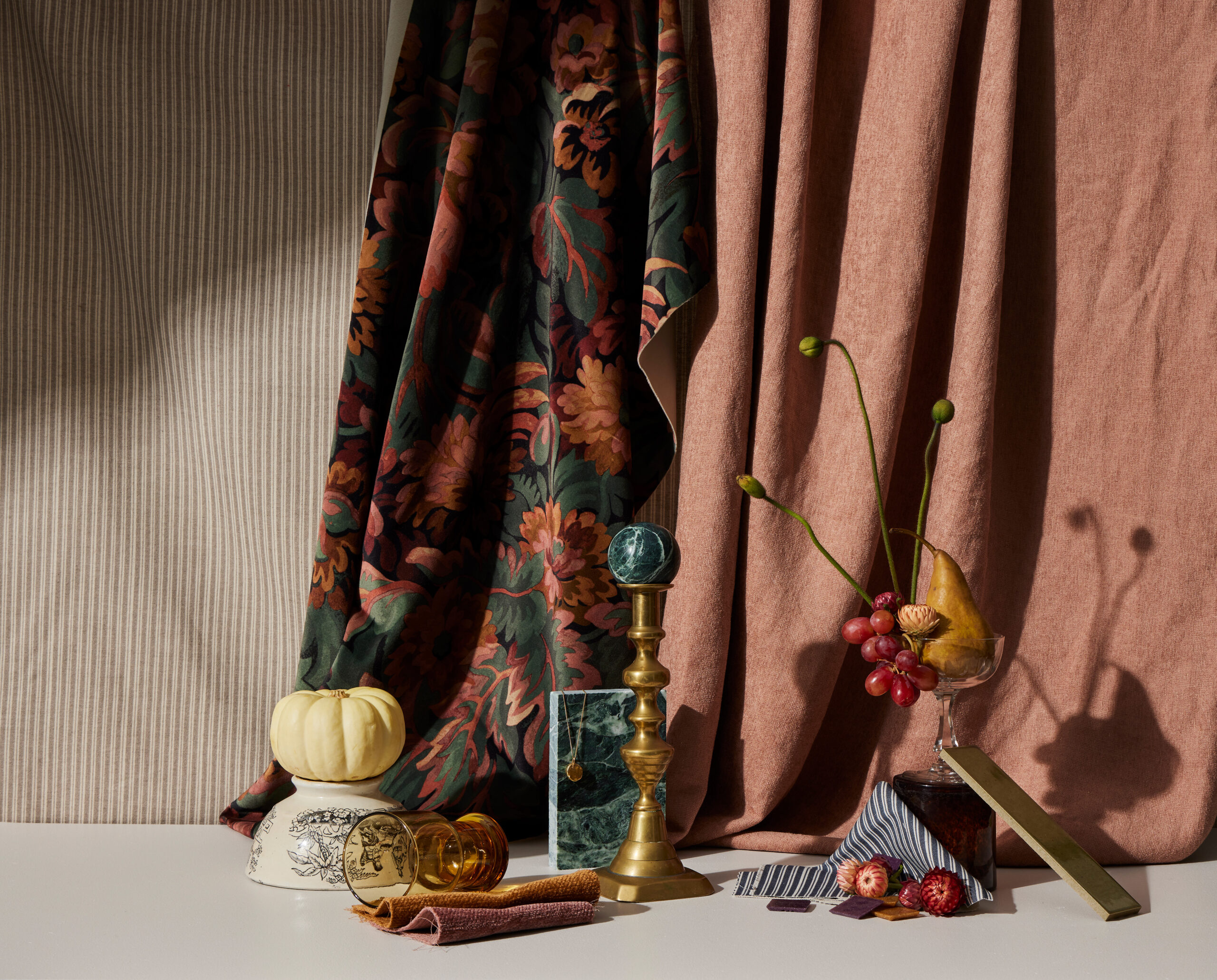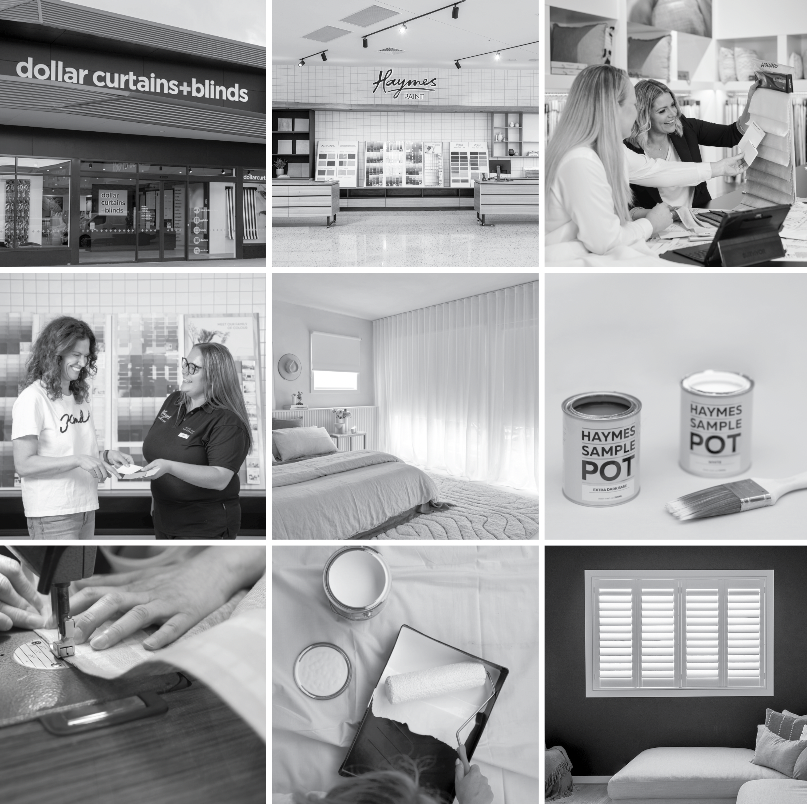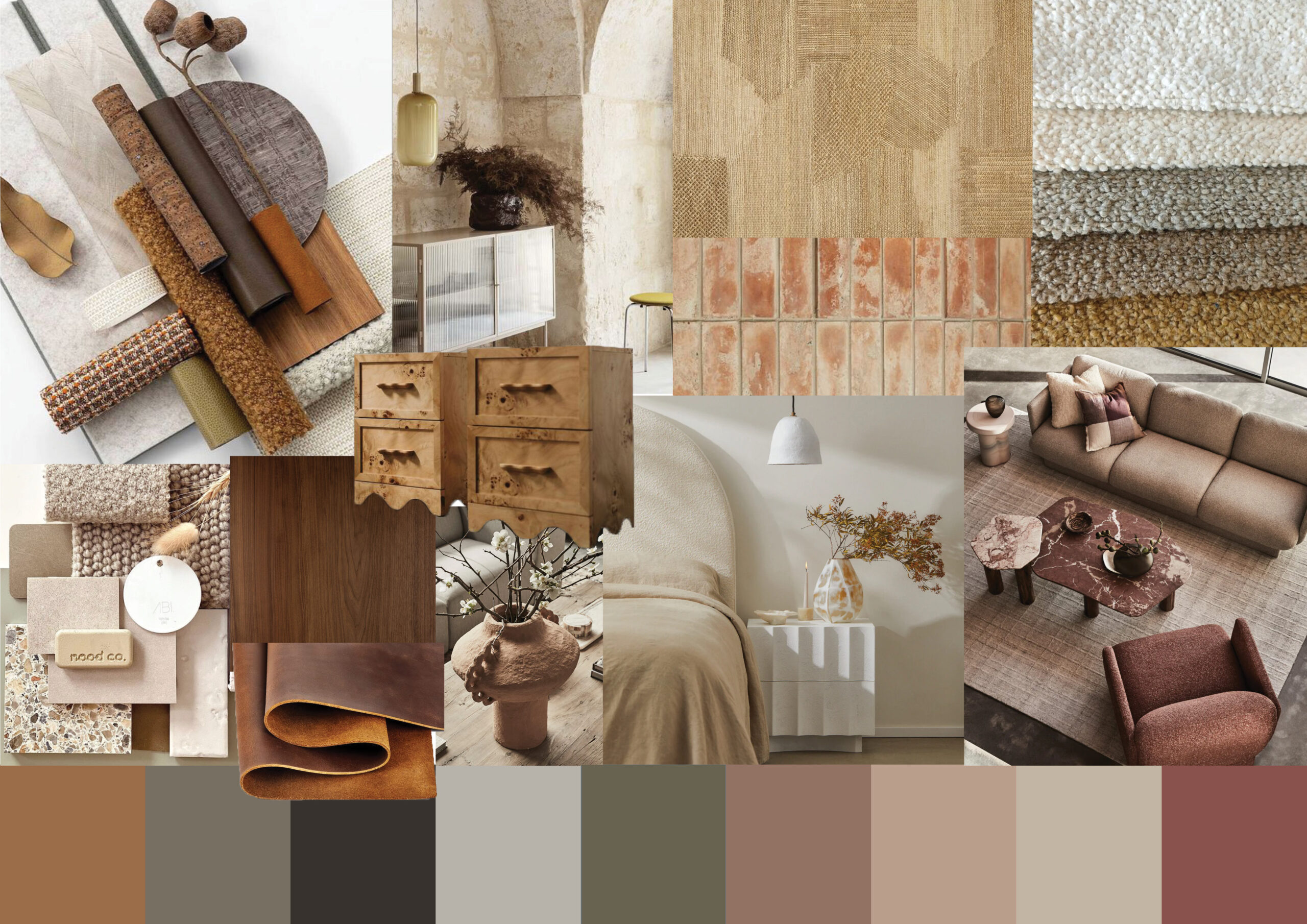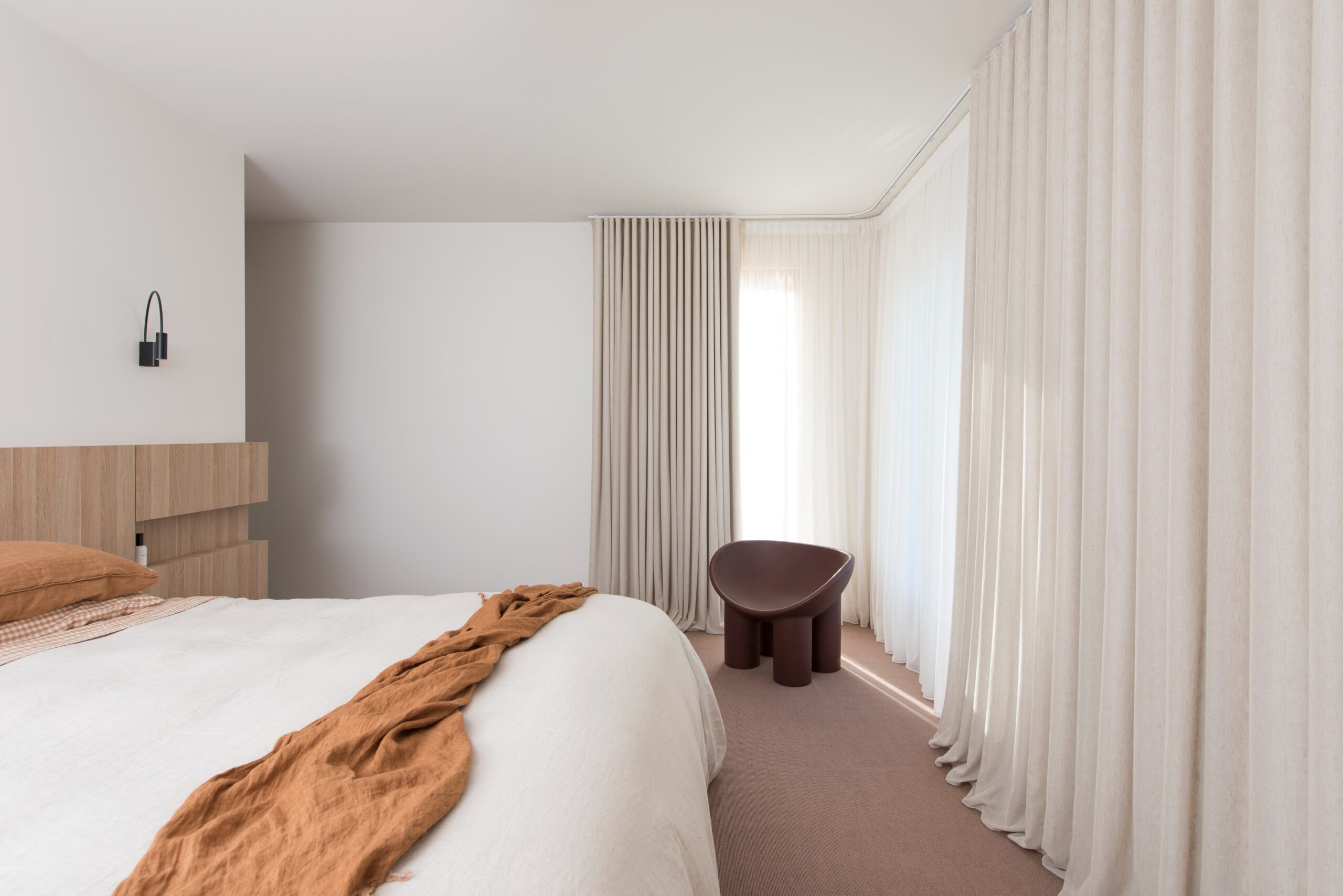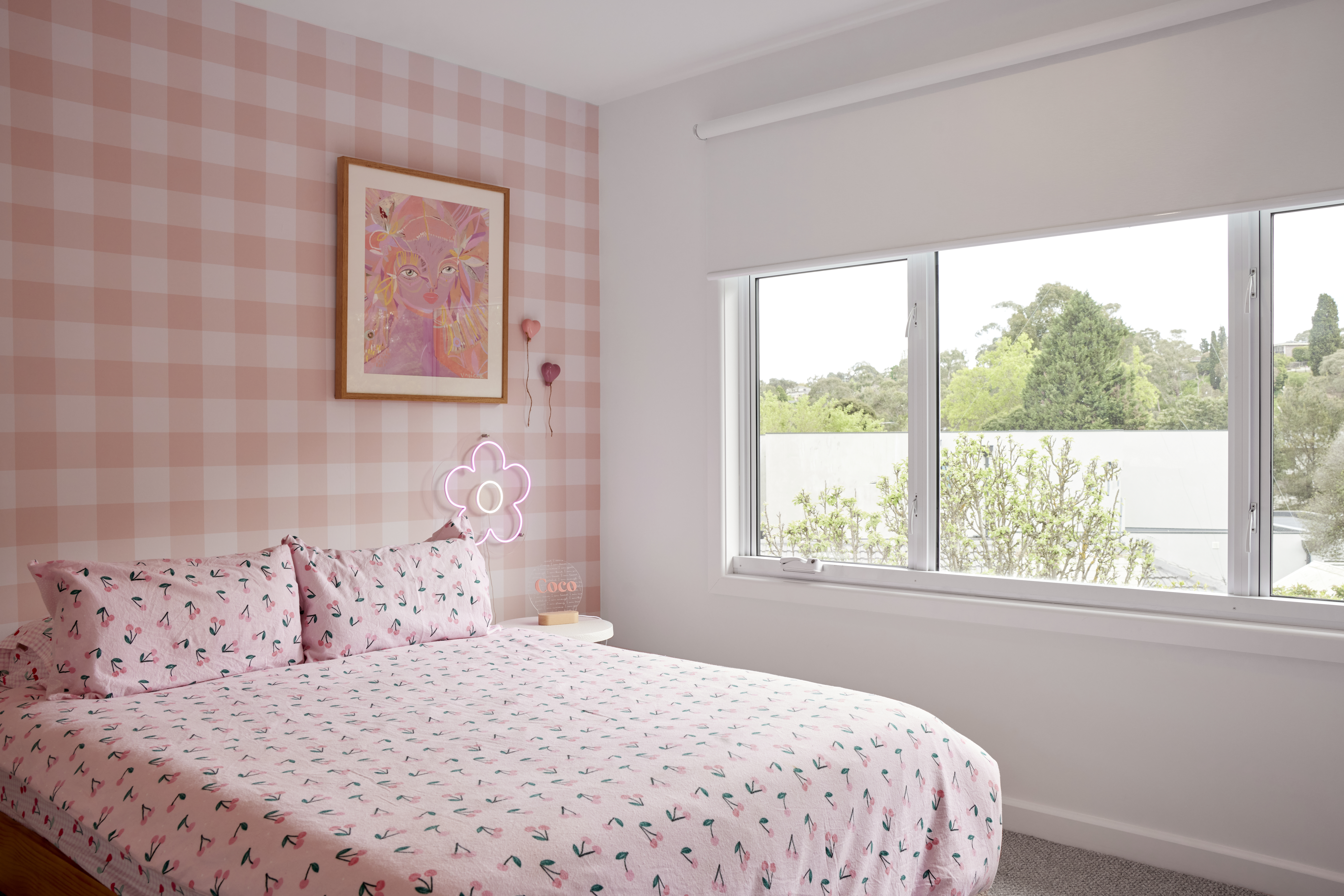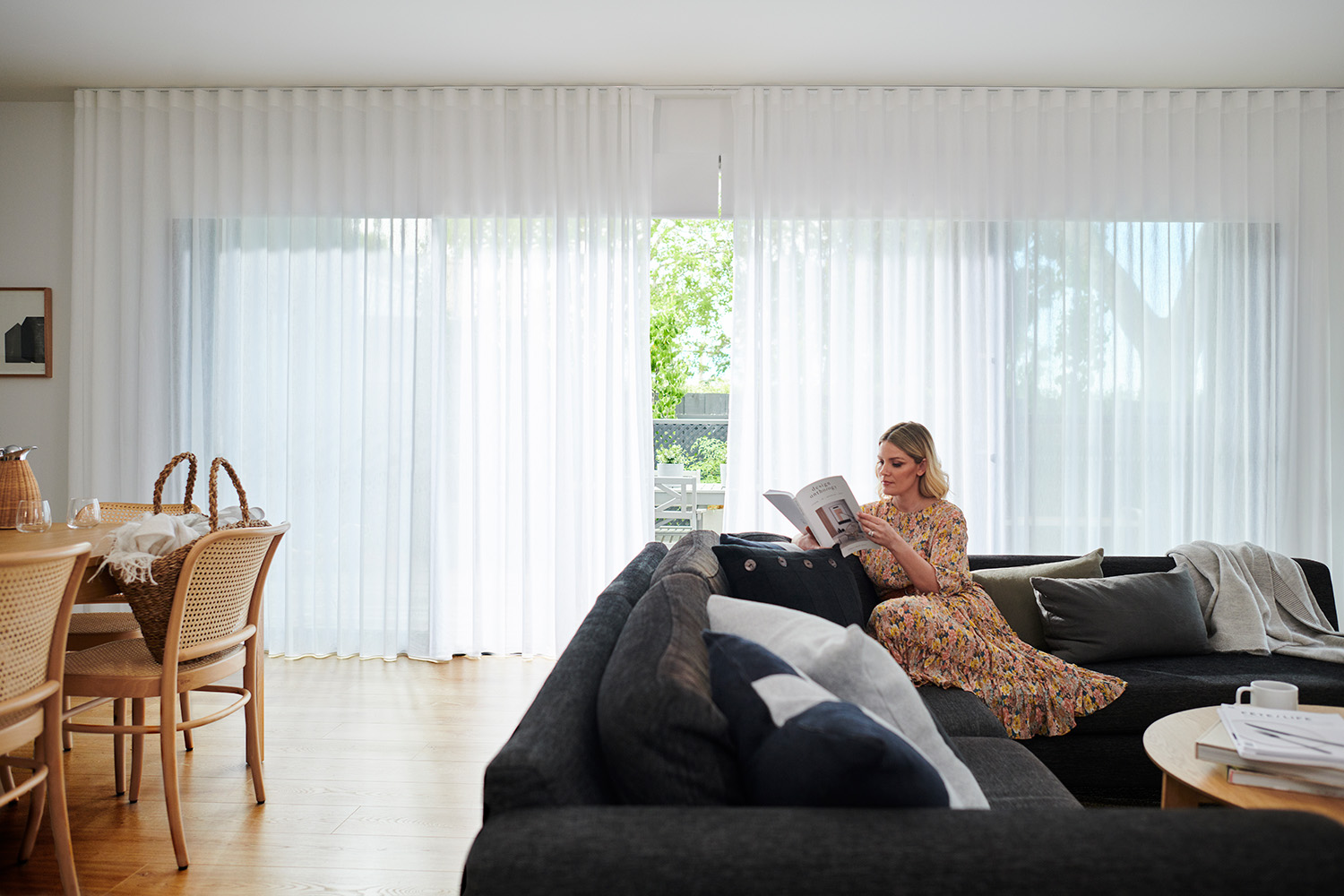What is considered an appropriate colourfastness to light result?
A blue scale test result of 1 indicates almost complete colour loss, so you’d never see a result of 1 on our fabrics, and an 8 is the unicorn result – it doesn’t actually exist! A result of 7 is an extremely high result (indicating no colour loss).
Generally a result of 5 or greater is optimal for Drapery fabrics, and 4-5 or greater is considered sufficient for upholstery fabrics. With that be being said there are a lot of variables that can effect a textiles performance to this test, the composition, the method of dyeing – whether the yarn is solution dyed, whether the fabric is piece dyed or digitally printed – quality of the dye stuff and finishing processes can all impact on the result.
Why is this such a critical test for us in this part of the world?
We have extremely harsh environmental conditions in Australia and New Zealand, especially with regards to the amount of damaging UV light. There is essentially a hole in the Ozone layer above us, so the light is not only abundant, it’s also very damaging without the Ozone filter. Our lifestyle and mild weather calls for transitional architecture that allows for an abundance of indoor-outdoor living. In newer architecturally designed homes, large glass windows are typical, letting in a lot of light. Even textiles that are technically indoors, but on the periphery of the home are subjected to extremely high levels of harsh UV light.
